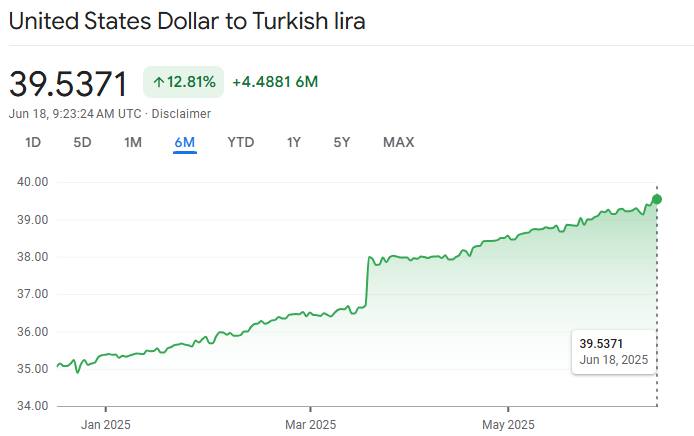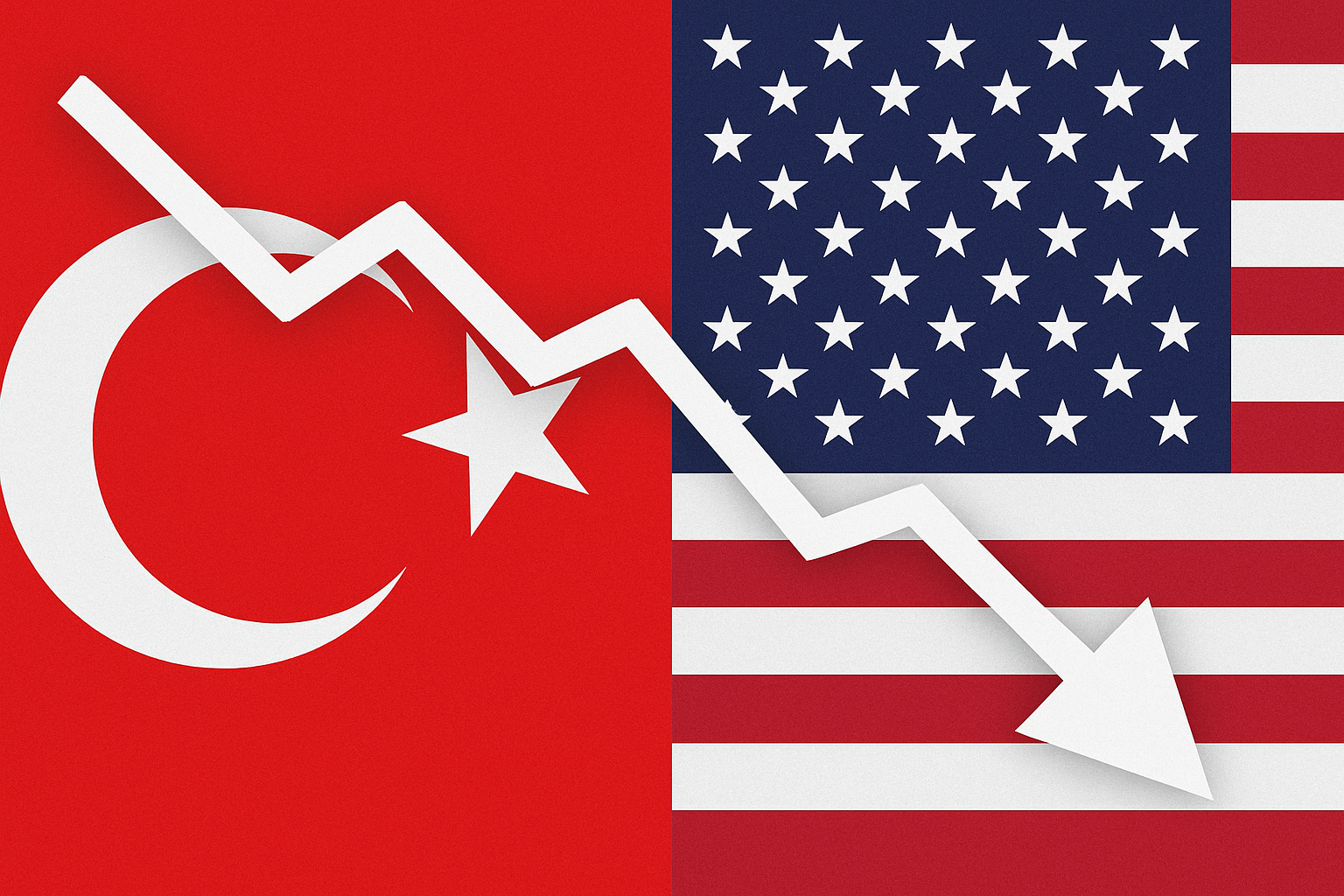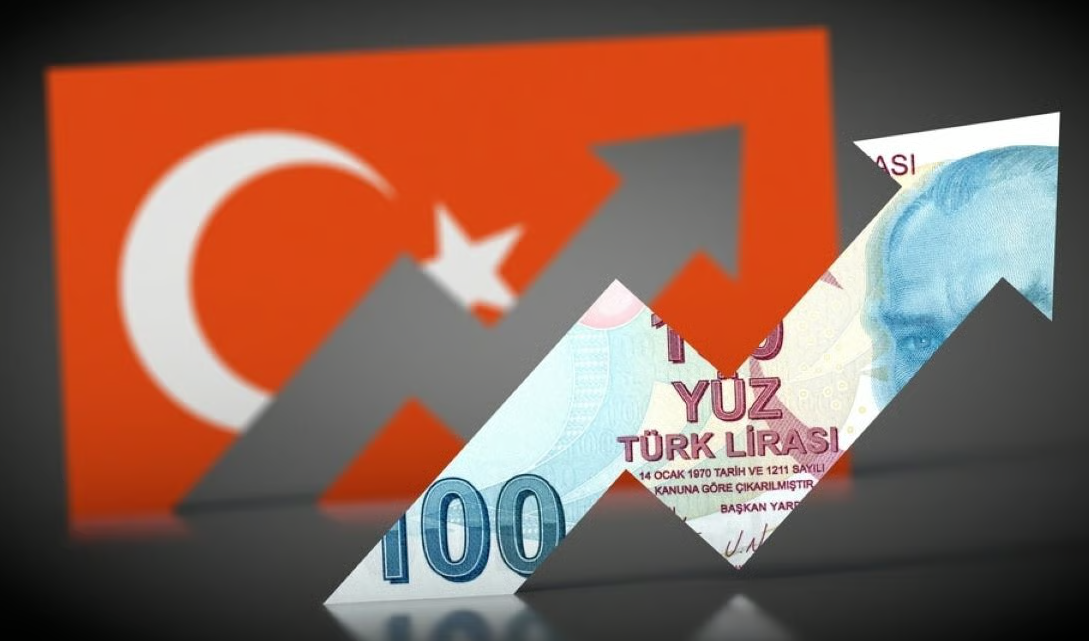The Turkish Lira (TRY) has been on a dramatic rollercoaster over recent years. As of June 17, 2025, the exchange rate is 1 USD = 39.53 TRY, which is a significant increase from just over 32 to 33 TRY per dollar a year ago. That's an 18–20% depreciation in just 12 months—a strain on consumers, businesses, and policymakers.
With interest rates at a towering 50% and inflation still in the high 40s, the question on everyone's mind is: can the Lira bounce back—and what could it look like by 2030?
From monetary policy to political unrest and global interest trends, we'll examine the drivers, forecasts, and possible scenarios shaping the Lira's future.
Current State of the Turkish Lira to USD

As mentioned above, the TRY hit a record low of 39.53 per USD on June 17, 2025—its weakest level this year. It's a dramatic dip from the yearly high of ~35.34 in early January—an ongoing currency collapse with severe economic impacts. The average exchange rate in the first half of 2025 is approximately 37.40 TRY per USD, indicating ongoing depreciation of the Turkish Lira.
This pressure is largely due to high inflation, which was around 75% in May 2024 but eased to 47% by November. Additionally, the economy is facing deep instability.
Contributing to these challenges are inconsistent monetary policies, frequent central bank interventions, and political uncertainty, all of which undermine confidence in the Lira.
Why the Lira Fell: Roots of the Crisis

1. Inflation & Monetary Policy
From 2018 onward, the Lira plunged due to an economic crisis characterised by deep inflation, high foreign debt, and plummeting reserves.
Erratic interest rate moves—cutting rates from 19% to 14%—triggered further drops, culminating in a loss of nearly half its value in 2021 alone. Reforms in 2023–2024 under Şimşek and Erkan brought interest rates back to 50%, taming inflation somewhat.
However, the central bank's extensive use of foreign reserves—over $60 billion sold in 2019 and 2020 and another $12 billion after the Imamoglu arrest—eroded buffers and spooked markets. Investor flight, capital controls, and sanctions deepened the vulnerability.
2. Political Volatility
Late 2024 saw a 30% minimum wage hike, prompting expectations of rate cuts—an uneasy signal amid still-high inflation.
In early 2025, massive political shocks, such as Ekrem Imamoglu's sentence, caused another sharp sell-off of the Lira, leading to a loss of reserves and increased market volatility. These ongoing interventions and political risks have undermined investor confidence and obscured recovery prospects.
Historical Performance of the Turkish Lira Against the U.S. Dollar
1. Pre-2005: The “Old” Lira Era
Before 2005, the Turkish Lira suffered from chronic inflation and hyper-devaluation. By the early 2000s, 1 USD was worth over 1.6 million old Lira (TRL). A history of budget deficits, political instability, and IMF bailouts contributed to the currency's instability.
To reset confidence, Turkey introduced the New Turkish Lira (TRY) in 2005 by removing six zeros: 1 TRY = 1,000,000 TRL.
2. 2005–2012: Stability and Growth
With fiscal reforms and tighter monetary policy in the mid-2000s, the Turkish economy experienced significant growth. From 2005 to 2012, the Lira experienced relative stability, with the exchange rate between the USD and TRY fluctuating between 1.20 and 1.80.
Strong capital inflows, momentum for EU accession, and cooperation with the IMF bolstered investor confidence.
3. 2013–2017: Emerging Fragility
Starting in 2013, Turkey's currency began to weaken as structural vulnerabilities became more visible. Fed tapering hit emerging markets hard, and political tensions—such as the 2013 Gezi Park protests and 2016 coup attempt—undermined market confidence.
The Lira depreciated from 1.80 in 2013 to around 3.80 by late 2017, more than 100% devaluation over four years.
4. 2018 Currency Crisis
The Turkish Lira experienced a dramatic collapse in 2018, driven by concerns about economic overheating, President Erdoğan's interference with the central bank, and rising diplomatic tensions with the United States.
As a result, the USD/TRY exchange rate surged from approximately 3.70 in early 2018 to over 7.00 by August of that year. This situation prompted discussions about emergency interest rate hikes and potential capital controls.
5. 2019–2020: Pandemic and Pressure
In 2019–2020, despite rate cuts intended to stimulate economic growth, inflation remains an issue. The COVID-19 pandemic had a severe impact on tourism and exports.
To support the Lira, the central bank depleted over $60 billion in foreign exchange reserves. By the end of 2020, the exchange rate reached approximately 7.40 TRY, briefly spiking above 8.50 during moments of crisis.
6. 2021–2022: Political Overreach and Hyper-Volatility
The Lira faced another blow as Erdoğan pressured the central bank to cut rates amid high inflation. By December 2021, the Lira dropped to a historic low of 18.36 per USD despite rate cuts and a controversial FX-protected deposit scheme. In 2022, the currency fluctuated between 13 and 18, while inflation reached a peak of over 80%.
7. 2023–2025: Structural Reforms and Ongoing Decline
Reformist economic leaders such as Mehmet Şimşek and Hafize Gaye Erkan raised interest rates to above 45–50%, which helped restore some credibility in the market. However, inflation remained persistent, and the depreciation of the Lira continued.
By mid-2023, the exchange rate of USD to TRY reached 26. By late 2024, it exceeded 33, and in June 2025, it reached a record high of ₺39 per USD.
Turkish Lira to USD Forecasts: What Analysts See

Near-Term Outlook (2025–2026)
Expert analysts broadly expect the Turkish Lira to continue weakening in the near term. Projections suggest that the USD/TRY exchange rate could reach ₺43 by 2026, assuming inflation remains high and structural imbalances persist.
Some outlooks are slightly more conservative, anticipating rates in the ₺33–₺38 range, depending on whether economic reforms are implemented and sustained.
A few optimistic views predict a more dramatic stabilisation—suggesting levels as low as ₺17–₺18 per USD—but these scenarios rely heavily on the assumption of strict orthodox monetary policy and rapid disinflation, which remains uncertain under current conditions.
Long-Term Outlook to 2030
Longer-term forecasts from algorithmic and AI-driven models present a more bearish picture. These projections indicate that the Lira could depreciate further, with USD/TRY potentially reaching ₺79 by mid-2030—an outcome that would represent a doubling in value loss from today's rate.
The reasoning behind these projections includes persistent inflation, structural vulnerabilities, and historical trends of repeated currency crises. Unless there is a significant economic turnaround and restoration of investor confidence, most long-term models anticipate continued pressure on the Lira well into the next decade.
Inflation and Growth Expectations
Baseline expectations for consumer inflation suggest a gradual decrease over the next five years, with CPI forecast to fall to around 31% by the end of 2025 and further to 15% by 2030.
GDP growth is projected to average around 4% annually, supported by a recovering global environment and internal demand.
Scenario Forecasts to 2030
Optimistic: ₺35–40 USD/TRY
Assuming policy normalisation, inflation <20% by 2028, and new structural investment, the Lira could hold steady in this range by 2030.
Base Case: ₺60–70 USD/TRY
Bearish: ₺80–100 USD/TRY
Under persistently weak reform, renewed political shocks, or financial stress, the Lira could double again, trading around ₺80–100, as bearish models suggest.
Conclusion
In conclusion, without sustained economic policy reinforcement, the Lira is likely to weaken further—possibly reaching ₺60–80 by 2030, with a downside of as much as ₺100 in worst-case outcomes. A sustainable recovery rests upon disciplined reforms, stabilised governance, and restored international confidence.
If Turkey can carry credible policy initiatives, inflation converges below 15%, and global conditions are benign, a ₺35–45 level is within reach—where the Lira could regain respect without igniting economic turbulence.
Disclaimer: This material is for general information purposes only and is not intended as (and should not be considered to be) financial, investment or other advice on which reliance should be placed. No opinion given in the material constitutes a recommendation by EBC or the author that any particular investment, security, transaction or investment strategy is suitable for any specific person.
























